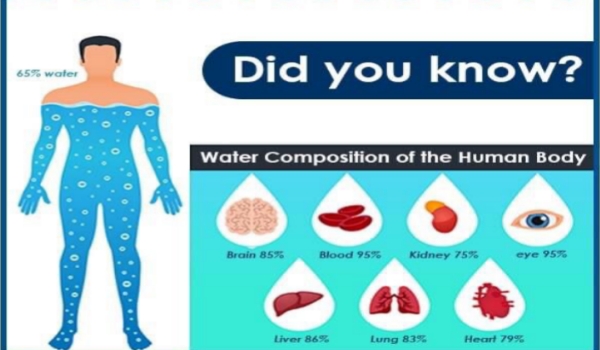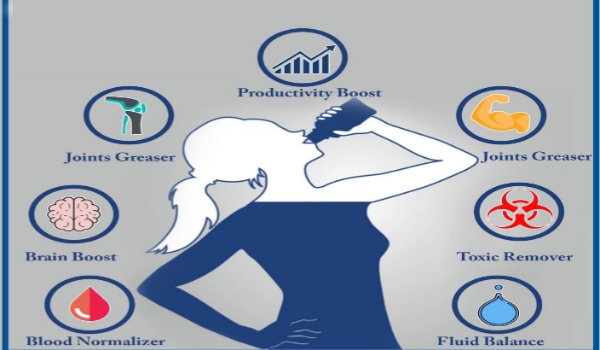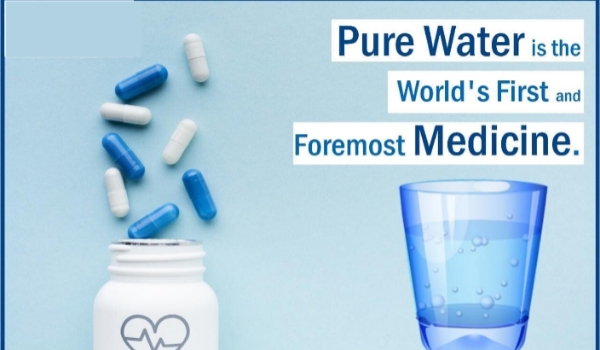Throughout history, people have needed purified water, for different purposes. Due to this need, they have developed ways to deal with untreated water.
In Ancient Egypt, water treatment systems were depicted by way of hieroglyphics. These primitive systems comprised of sand and gravel, and boiling water was used. People also employed a variety of techniques to conceal the taste of poor water. Crushed laurel, a shrub related to the bay tree, was suggested by Diophanes of Nicaea, a Greek agricultural writer from the first century BC.
Hippocrates thought that water was an essential component in maintaining good health. He experimented for a while before coming up with the Hippocratic Sleeve. It was a cloth bag into which pollutants were dumped after boiling water was poured.
Sir Frances Bacon began experimenting with desalination, the method of eliminating salt from seawater, in 1627. He tried to filter waters through sand to eliminate salt particles. Despite his failure, he spurred other scientists to explore with filtration technologies and continue to enhance them.The use of sand filters to purify water supplies was first described in 1804. An experimental filter was installed by John Gibb, the owner of a bleachery in Paisley, Scotland. He subsequently sold his excess cleansed water to the general population.
The first treated public water supply was installed in London in 1829 for the Chelsea Waterworks Company, after two decades of engineering achievements. The earliest water treatment plant was Chelsea Waterworks. It provided safe drinking water to all of the area’s residents and served as a model for other treatment plants.
Water softening was invented in 1903 and quickly became the standard approach for desalination.
The ways of industrial water treatment are as follows:
- Coagulation/Flocculation: this is the process where liquid aluminum sulfate (alum) and/or polymer is added to untreated water and when mixed with the water, the tiny particles of dirt present stick together or coagulate. The groups of these dirt particles then form larger, heavier particles that are called flocs and removed by way of filtration or settling.
- Sedimentation: this is the process of moving the water with the flocs into sedimentation tanks and letting the flocs settle to the bottom. The collected floc is called sludge and is piped into drying lagoons.
- Filtration: this is done when sedimentation is not done, the water is made to flow through a filter. The filter is made of layers of sand and gravel, and in some cases, crushed anthracite. The process collects the suspended impurities in water, and enhances the effectiveness of disinfection. The filters are regularly cleaned by backwashing.
- Disinfection: the water is disinfected before it enters the distribution system to ensure that any disease-causing microorganisms are eliminated. Chlorine is used as a disinfectant as it is effective.
- Sludge drying: this is the process of the collection of solids that settled in the water by way of sedimentation and filtration and sent to drying lagoons.
- Fluoridation: this is the process where community water is treated with a concentration of the free fluoride ion.
- PH Correction: this is the process where lime is added to filtered water to adjust the pH and stabilize the naturally soft water. This minimizes corrosion in the distribution system.
Different industrial water treatment systems have different strengths and limits, thus knowing the unique needs of your manufacturing process is critical to selecting the optimal system for your application.
The following characteristics should be considered when choosing a filter for a certain application:
- Is it a Batch or Continuous process?
Batch processing refers to the processing of bulk materials in batches at each stage of the manufacturing process. The procedure should be followed in a specific order.
New batches must wait for the previous batch to finish before proceeding. As a result, there are just a few available.
Continuous: A continuous process is one that moves one work unit at a time through each phase of the process without stopping.
When done appropriately, it saves time, energy, and money by boosting productivity, decreasing time, and producing more units in a shorter period of time. It is more customizable to the needs of the customer than batch processing.
- What is the quality of filtration required?
A water treatability study is a test that tells us how to treat wastewater. The study will reveal the problems in the wastewater stream, such as bacteria kinds, sediments, and dangerous byproducts.
The research will help to choose the best treatment option. It’s also crucial to consider local discharge rules. Ascertain that the conductor is aware of the discharge requirements.
- What are the conditions?
Flow rate: This measures the amount of liquid or gas that moves through a pipe. Flow rate is determined by using velocity, change in kinetic energy, temperature, the distance of flow, friction, viscosity and density of the liquid or gas.
Pressure:High or low pressures can dictate which type of system can be used, some systems have minimum operating pressure requirements.
Temperature: Some systems have temperature limits; some cannot perform under high heat, while others are designed to withstand them.



